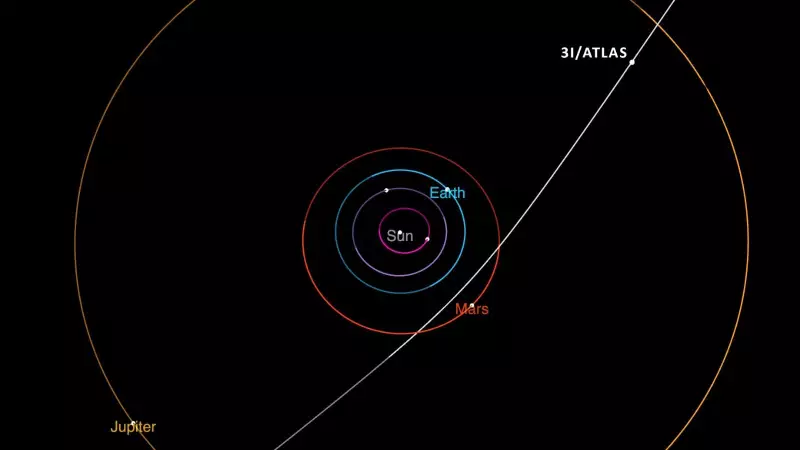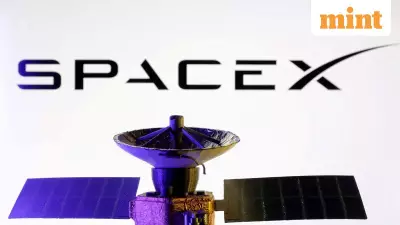
In an extraordinary celestial event that has astronomers worldwide on high alert, Comet 3I Atlas is making its closest approach to the Sun today. NASA scientists are closely monitoring this rare interstellar visitor as it reaches perihelion - the point in its orbit nearest to our solar system's central star.
Historic Solar Encounter
The comet, which originated from beyond our solar system, is currently experiencing peak outgassing activity as solar radiation intensifies its transformation. This phenomenon occurs when the Sun's heat causes frozen gases within the comet to vaporize, creating the spectacular glowing coma and tail that make comets so visually striking.
NASA's Vigilant Monitoring
NASA's advanced observation networks are tracking every moment of this celestial dance. The space agency has deployed multiple telescopes and monitoring systems to capture detailed data about the comet's composition, behavior, and structural changes during this critical phase of its journey.
What makes Comet 3I Atlas particularly fascinating to scientists is its interstellar origin. Unlike regular solar system comets that follow predictable elliptical orbits, this visitor comes from the depths of interstellar space, carrying secrets about the formation of planetary systems far beyond our own.
Scientific Significance
The current close approach provides a unique opportunity for researchers to study:
- Chemical composition of interstellar objects
- Outgassing patterns under extreme solar radiation
- Structural integrity during close solar encounters
- Comparative analysis with solar system comets
As the comet reaches its closest point to the Sun, astronomers expect to witness maximum activity in terms of gas and dust ejection. This data could revolutionize our understanding of how similar objects behave in different stellar systems throughout our galaxy.
Observation Opportunities
While professional astronomers are using sophisticated equipment to track the event, space enthusiasts can follow NASA's live updates and potentially view processed images through the space agency's public portals. The observations made today could provide crucial insights that shape our understanding of interstellar travelers for decades to come.





